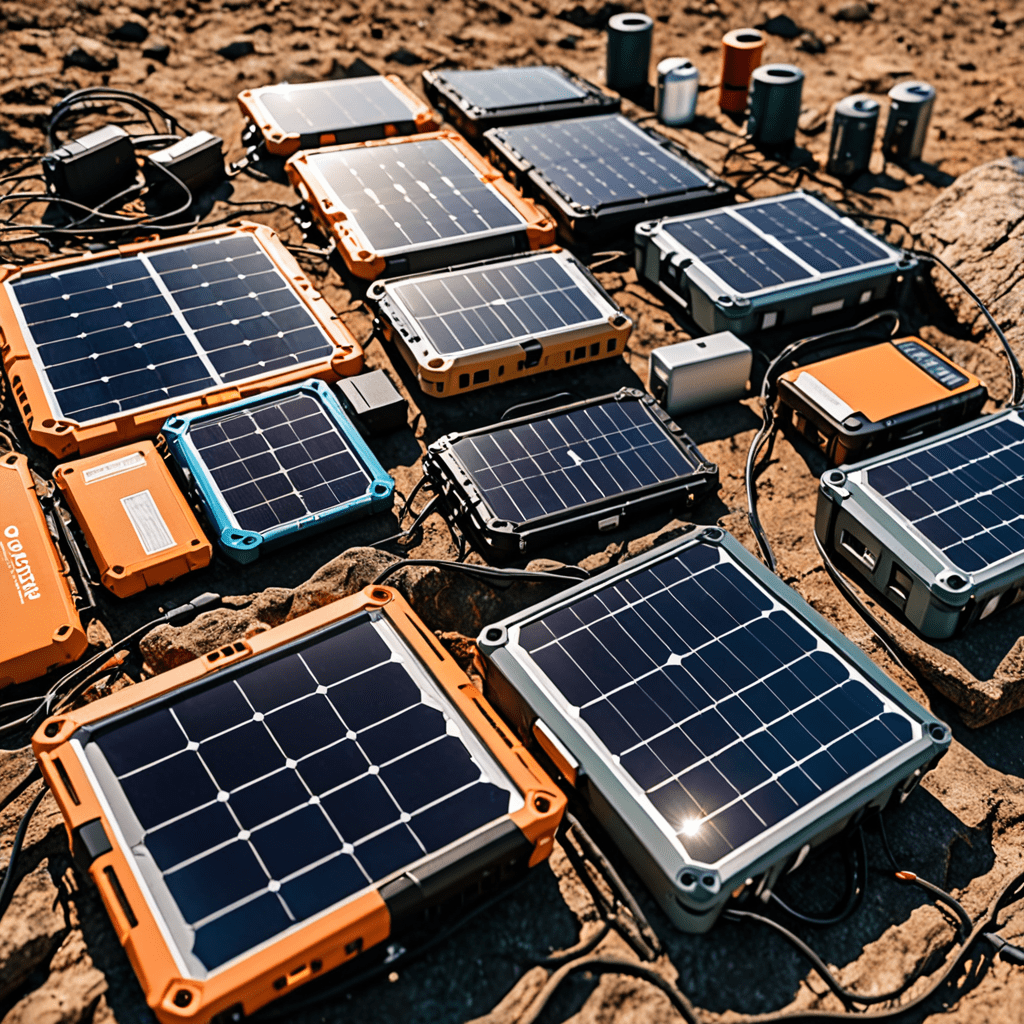
The Circular Economy and Waste-to-Energy Biomass: Driving Sustainable Solutions
1. Understanding the Circular Economy
The circular economy is a holistic approach to economic activity that aims to minimize waste and maximize resource efficiency. In this regenerative system, products and materials are kept in use for as long as possible, through strategies like recycling, reusing, and remanufacturing.
2. The Role of Waste-to-Energy Biomass
Waste-to-energy biomass involves converting organic waste materials, such as agricultural residues, food waste, and forestry by-products, into energy. This process not only helps in waste management but also generates renewable energy, reducing the reliance on fossil fuels.
3. Advantages of Waste-to-Energy Biomass
Waste-to-energy biomass offers several benefits, including reducing landfill waste, lowering greenhouse gas emissions, and providing a sustainable energy source. Additionally, it promotes the circular economy by closing the loop on waste streams.
4. Technological Innovations in Waste-to-Energy Biomass
In recent years, advancements in technology have made waste-to-energy biomass more efficient and cost-effective. This includes the development of high-tech bioenergy plants that can handle various types of biomass and produce clean energy.
5. Environmental Impact and Sustainability
By utilizing waste-to-energy biomass, we can significantly reduce the environmental impact of organic waste decomposition, which produces methane, a potent greenhouse gas. Furthermore, the sustainable nature of biomass energy contributes to long-term environmental health.
6. Economic Opportunities and Job Creation
Investing in waste-to-energy biomass not only benefits the environment but also creates economic opportunities. The development of biomass plants and related infrastructure leads to job creation in sectors such as engineering, construction, and renewable energy.
7. Conclusion: Embracing a Circular Economy with Waste-to-Energy Biomass
In conclusion, waste-to-energy biomass plays a vital role in promoting a circular economy by converting organic waste into valuable energy resources. By harnessing this innovative technology, we can move towards a more sustainable future, where waste is seen as a valuable resource rather than a burden on the environment. Let’s continue to explore and invest in solutions like waste-to-energy biomass to drive positive change and create a greener, cleaner world for generations to come.
FAQ: The Circular Economy and Waste-to-Energy Biomass
What is the Circular Economy?
The Circular Economy is a regenerative system aimed at minimizing waste and resource depletion by reusing, sharing, repairing, refurbishing, and recycling materials and products. It aims to keep products, components, and materials at their highest utility and value at all times.
How does Waste-to-Energy Biomass fit into the Circular Economy?
Waste-to-Energy Biomass plays a crucial role in the Circular Economy by converting organic waste materials like agricultural residues, wood, or food waste into energy. This process reduces landfill waste, generates renewable energy, and contributes to a more sustainable resource management system.
What are the benefits of integrating Waste-to-Energy Biomass in the Circular Economy?
Integrating Waste-to-Energy Biomass in the Circular Economy helps in reducing greenhouse gas emissions, minimizing reliance on fossil fuels, diverting waste from landfills, and promoting a more efficient use of resources. It also contributes to creating a closed-loop system where waste is viewed as a valuable resource.
How can businesses and governments promote the adoption of Waste-to-Energy Biomass within the Circular Economy?
Businesses and governments can promote the adoption of Waste-to-Energy Biomass by implementing supportive policies, investing in research and technology development, creating incentives for waste management companies, and raising


